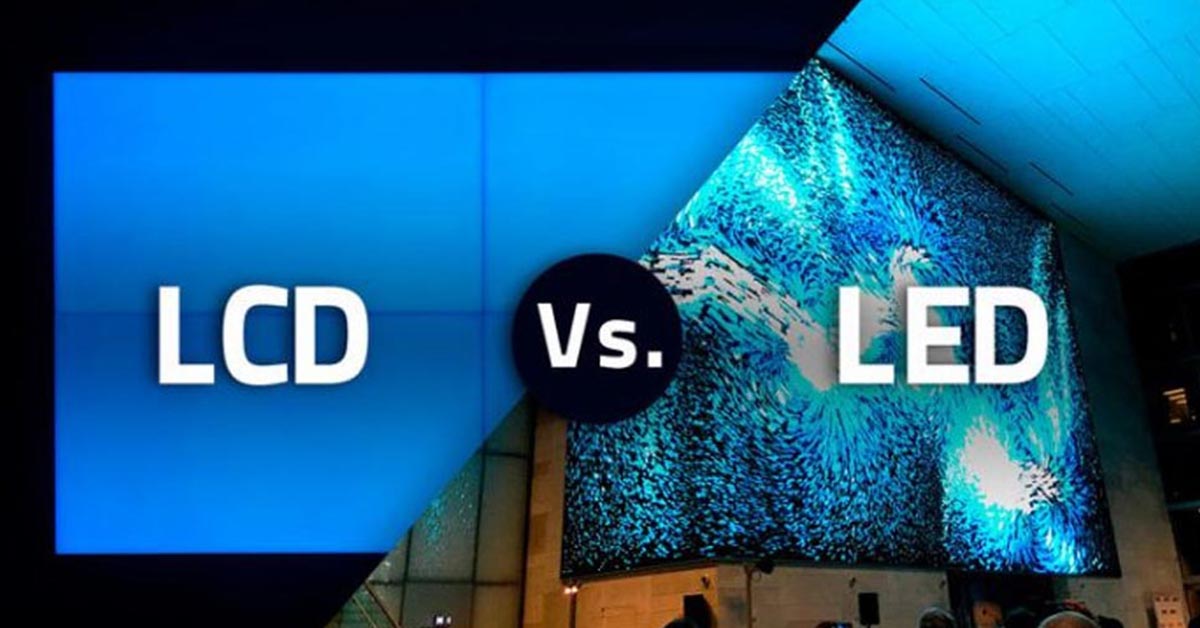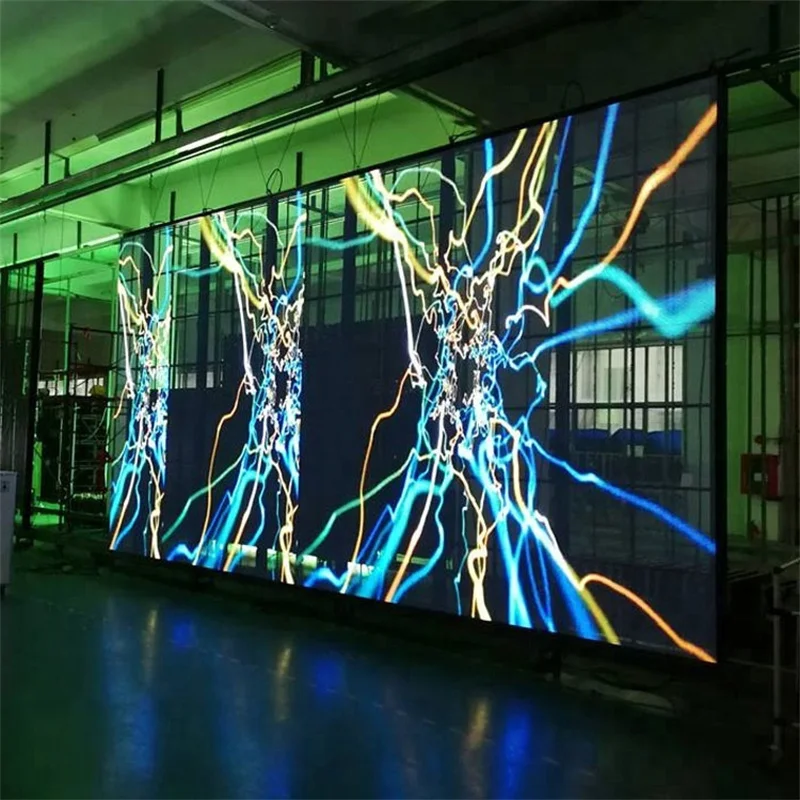

In the evolving world of digital signage, transparent LED screens are becoming the go-to solution for forward-thinking retailers, event designers, and marketers. They’re not just futuristic—they’re practical, beautiful, and capable of transforming a storefront or space without blocking the view. But when it comes to choosing the right screen, understanding the transparent LED screen specs is key.
Whether you’re exploring options for a see through advertising screen for your boutique or an interactive transparent display for trade shows, knowing the technical details helps ensure the display fits your creative vision and physical environment.

Let’s break down what matters most in transparent LED screen specs.
The transparency rate determines how much natural light or visual space comes through the screen. Most quality transparent LED displays offer between 55% to 90% transparency, depending on pixel pitch and LED strip layout.
For example:
It’s all about balance. You want content to pop—without turning your glass into a billboard.

Pixel pitch refers to the distance between two LED pixels, and it plays a massive role in image clarity. The smaller the pitch, the higher the resolution.
Choosing the right pixel pitch depends on viewing distance, content type, and the screen’s purpose—whether it’s highlighting a product or running an immersive visual loop in the background.
A common concern with digital screens behind glass is whether they’ll compete with sunlight. High-quality transparent screens for retail usually offer brightness levels between 2,000 and 5,500 nits, making them visible even in broad daylight.
This matters most for:
Some of the newer ultra-thin transparent LED panels combine high brightness with lightweight design, making them easier to install without compromising on visibility.

While many don’t think about it at first, viewing angle impacts how immersive your content looks from various directions. Most transparent LED panels offer a horizontal/vertical viewing angle of 120° or more, which is ideal for transparent signage in pop-ups, events, and walk-by retail traffic.
If your display is positioned behind a window or in a corner, wide-angle visibility ensures people still see your message clearly, no matter where they stand.

Transparent LED screens come in several form factors:
Depending on the space, some applications require custom sizing or modular designs. A good transparent screen provider should guide you on choosing between digital window screens, transparent LED panels, or even a custom transparent display monitor for exhibits or showrooms.
While clear display technology looks sleek, it still needs to hold up to real-world conditions. Commercial-grade transparent LED display screens typically include:
Some vendors also offer transparent screen rental packages, which are great for one-time use in transparent display booths, trade fairs, or brand activations.

Content plays a huge role in the success of any transparent display. Since black areas on the screen appear see-through, your designs need contrast, movement, and layered animation.
Use cases:
Needless to say, the best transparent LED screen in 2025 isn’t just about pixels—it’s also about creative direction.
At this point, you might be wondering where to start. While technical specs are essential, execution matters just as much—installation, calibration, and content strategy are what truly bring these screens to life.
Companies experienced in transparent screen installation (like those working in Los Angeles, New York, and other major cities) are familiar with how to tailor specs for spaces like digital signage for building facades, showrooms, or museum exhibits. When comparing vendors, look at portfolios, screen performance in daylight, and their ability to support custom transparent screen orders.
Some suppliers—quietly working behind the scenes—are pushing the limits of what’s possible with clear LED advertising screens and immersive brand experiences.
Transparent LED screen specs aren’t just numbers—they’re the foundation for turning glass into a dynamic storytelling surface. Whether you’re aiming for creative digital signage ideas, a transparent LED video wall, or an interactive ad screen, the right tech specs ensure your message doesn’t just land—it floats.
And when done right, a transparent screen doesn’t take over the space. It enhances it—quietly, effectively, and beautifully.